Are you looking for a dog that does not shed or only a little and is therefore suitable for allergy sufferers? Or do you simply want to avoid the daily vacuuming? Then you are exactly right with us!
In this article we will go over the advantages and disadvantages of dogs that have little or no fur. We will introduce you to different breeds and show you why dogs have hair in the first place. We also go into the care of these animals and give tips on what to do about hair growth in dogs.
Why do dogs shed?
Did you know that dogs shed to regulate their skin and coat? But why do some dogs shed more than others? How much fur a dog sheds depends on many factors, for example, on
- Race
- Age
- Gender
- Climate
The grooming of the dog also has an impact on the amount of hair it sheds. A good coat care makes a lot of difference and helps that your dog loses less hair.
How do I groom my dog so that he loses as little hair as possible?
Of course, a small dog loses less hair overall than a large one. But apart from choosing the right dog, there are a few things you can do: Proper grooming of your dog is the key to less hair on their sofa. Here are some tips on how to care for your dog that he loses as little hair as possible:
- Brush regularly: Regular brushing removes loose hair before it falls on furniture and clothing.
- Use special care products: There are shampoos and conditioners on the market that can help reduce hair growth.
- Healthy diet: A balanced diet can help your dog have a healthy coat and lose less hair.
- Avoid stress: Stress can cause dogs to shed more hair. Make sure your dog gets enough sleep, exercise and play.
- See a veterinarian regularly: a veterinarian can help you diagnose and treat your dog's hair if there is a health problem.
If you follow these tips, your dog will be healthier and happier and you will find less hair on your furniture and clothes.
10 small dog breeds that have little hair
Affenpinscher
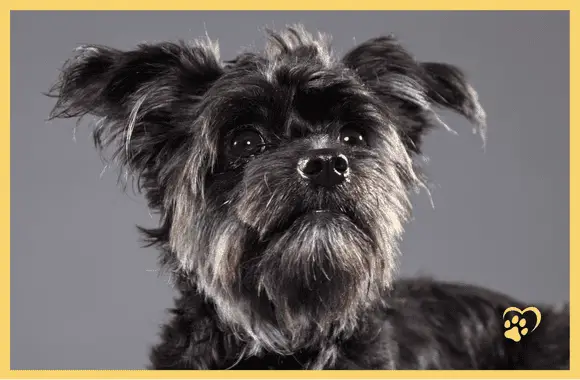
The Affenpinscher is a small, energetic dog breed that is mainly native to Europe. It has a short, dense and low-maintenance coat that can be black, brown or gray. Affenpinscher are known for their energy, courage and adventurous spirit. Despite their size, they are very alert and make good watchdogs. They are also affectionate and loving to their owners and are well suited for families with children or the elderly. Affenpinscher need daily exercise and mental activity to stay happy and healthy.
Australian Terrier
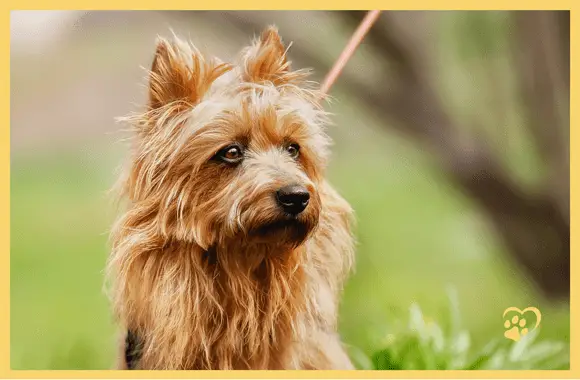
The Australian Terrier is a small, active dog breed that was originally bred in Australia. These terriers are smart and eager to learn and are well suited for families with children.
They are energetic and need exercise and employment. Their coat is short and rough. There are two color varieties in this dog breed: different shades of blue as well as sandy, almost reddish. Australian Terriers are alert, almost possessive, so they make good watchdogs. They have a strong hunting instinct.
American Bully
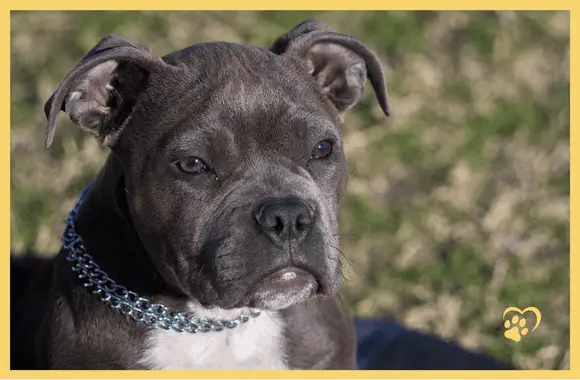
The American Bully is a relatively new breed of dog developed in the USA. He is known for his distinctive build with a wide jaw and muscular chest. American Bullys are very friendly and affectionate and are often kept as family dogs. They are smart and learn quickly, but it is important to socialize them strictly from a young age. American Bullys can also be used as guard dogs, although they are not necessarily aggressive. They have a shiny, short coat. American Bullys need regular exercise and exercise to stay healthy and happy.
Aussiedoodle
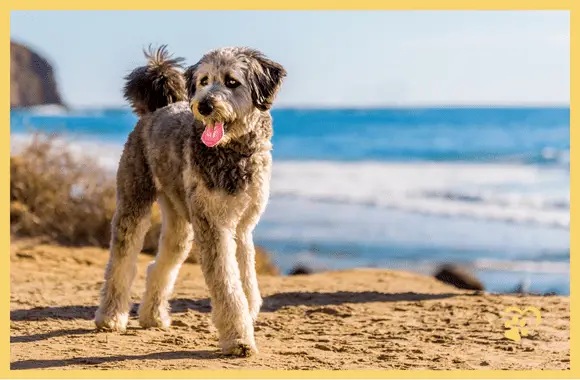
The Aussiedoodle is a popular designer dog breed that is the result of a cross between an Australian Shepherd and a Poodle. They are known for their friendly and intelligent nature and are often kept as pets. Aussiedoodles have a balanced and friendly nature and are usually very social and get along well with other animals and people. They have very soft hair. Aussiedoodles are active and need regular exercise. They can be easily trained.
Basset Hound
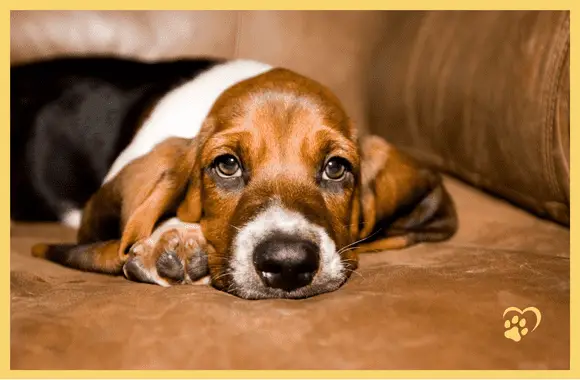
Basset Hounds have short, smooth coats and long ears. They are small to medium in size and have a low stature. Basset Hounds are gentle animals that enjoy spending time with their owners. They are often used as hunting dogs because they have a good nose. Despite this, they are also sought after as family dogs as they are good natured and affectionate. Basset Hounds need regular exercise, but they are not lively dogs, so they are great for older people or families with older children.
Bichon Frisé
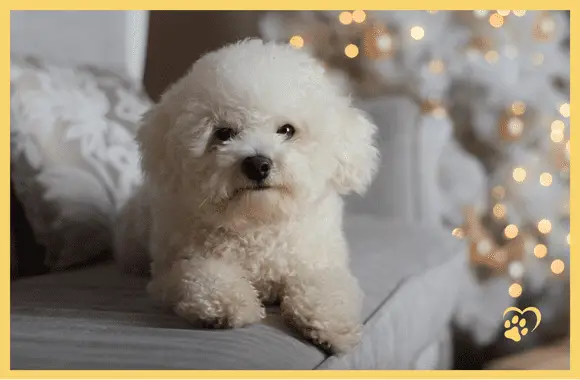
Bichon Frisés are small dogs that were originally bred in France. They are trusting and are often kept as family dogs. Their fur is soft and cuddly, and they are considered affectionate. Because of their high intelligence, they learn quickly but need intensive guidance early on. Bichon Frisés require regular grooming, especially brushing and combing, to keep their soft coats in shape. They are happiest when they have regular exercise.
Border Terrier
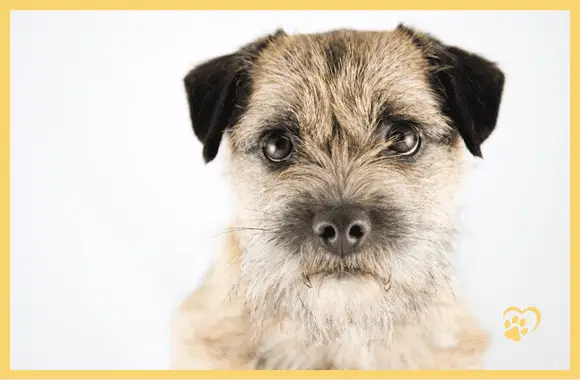
Border Terriers are small, sturdy dogs with thick hairy coats. They are energetic and need exercise and activity. Border Terriers are smart and learn quickly. They are often used as working dogs or companion dogs for outdoor activities. Border Terriers are loyal and affectionate, but also confident and independent. They need socialization and are suitable for people with active lifestyles who enjoy being outdoors.
Maltese
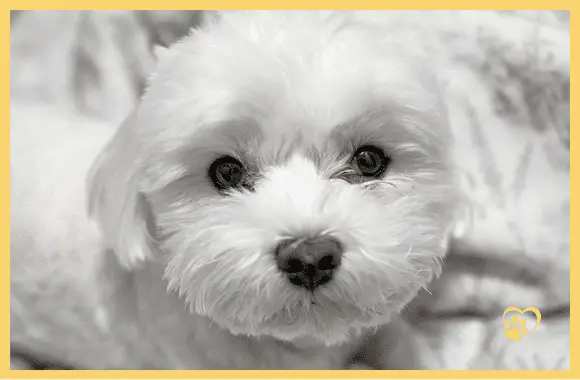
The Maltese is a small dog breed with a long, soft coat. The breed are known for friendliness and affection, therefore also appreciated as a family dog. Maltese are rather calm and do not require much exercise. Nevertheless, they are affectionate and easy to train. Despite their size, Maltese are bold and confident. They are wonderful for people who are looking for a relaxed and easy to care for companion. Maltese are sensitive to cold and should be kept warm in the winter.
Norfolk Terrier
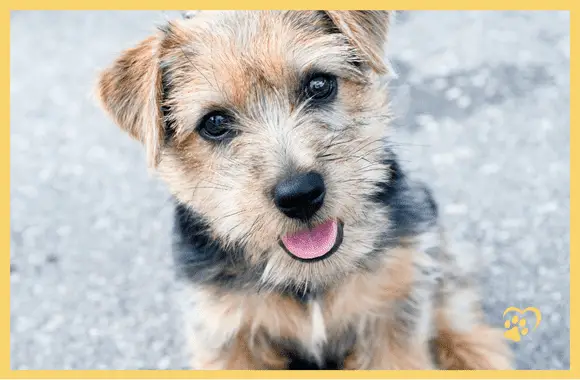
Norfolk Terriers are small, energetic little balls with thick, short coats. They are known for their liveliness and sense of adventure. Norfolk Terriers are clever and quick learners, but they are also headstrong. They make excellent family dogs. Since Norfolk Terriers appreciate lots of exercise, they are best suited for active people. They are also used as guard and hunting dogs. They are well suited for people who are looking for a small, but bold and adventurous companion.
West Highland White Terrier
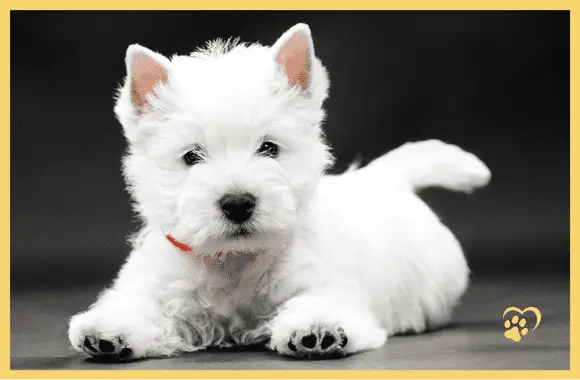
The West Highland White Terrier, also known as the Westie, is a small, stocky dog breed with a thick, white coat. They are known for their affection and courage. West Highlands Terriers are smart and quick learners, but they are also thick-skinned. They are affectionate and are considered trouble-free family dogs. They need regular exercise, so are suitable for people with active lifestyles. West Highlands Terriers are good hunting and guard dogs. Due to their robustness are suitable for outdoor life.
Why get a hairy dog in the first place?
Let's face it! Short haired, and therefore low shedding dogs, are just not as cozy as a long haired furball. Small short haired dogs are often more prone to sunburn and skin problems because they have less protection from the elements. Without hair, they freeze faster, so who wants to go on long hikes in the snow or cold with a clear conscience?
On the other hand, of course, the little rascals are often cute and fun to romp around with - just not in the cold. It simply depends on your idea of how a dog should be, whether you choose a short-haired, low-haired dog or another.
There are a number of reasons why you should choose a hairy dog:
- Furry dogs can have a warming function, especially for people living in cold climates.
- Furry dogs often have a soft, shiny coat that is comfortable to the touch.
- Some dog breeds that shed a lot of hair are hypoallergenic and may therefore be suitable for allergy sufferers.
- Hairless dogs can have an attractive appearance that many people find appealing.
- Some dog breeds that shed a lot of hair have a long history as working dogs, such as hunters, herding dogs, or therapy dogs.
It is important to note that dogs with severe hair loss have increased grooming needs, especially during the shedding period. It is important to learn about the needs of each dog breed before choosing a dog.
| Advantages hairy dogs | Disadvantages hairy dogs |
|---|---|
| - Low shedding dogs shed little hair, which requires less house cleaning. | - Low shedding dogs often have a short, rough coat texture that can be uncomfortable for some people. |
| - Low shedding dogs are good for allergy sufferers as they shed less hair. | - Dogs with little hair are often more prone to sunburn and skin problems because they have less protection from the elements. |
| - Dogs with little hair are often easy to groom because they require less grooming. | - Dogs with little hair often have less insulation and may therefore be colder in cold climates. |
| - Low shedding dogs are often easy to train and groom. | - Dogs with little hair can develop skin problems with prolonged exposure to the sun. |
Dogs make happy!
Whatever kind of dog you choose: Dogs make happy!
Whether you live alone or with your family, a dog will always be there for you and make you feel loved and needed. Plus, you can look forward to many exciting adventures and fun playtime. What are you waiting for?
Disclaimer: Please note that I am neither a veterinarian nor a medical doctor. The information in this blog article is intended as a general source of information and should not be used as professional medical advice. If you have any medical or veterinary questions or concerns, please consult your doctor or veterinarian.
